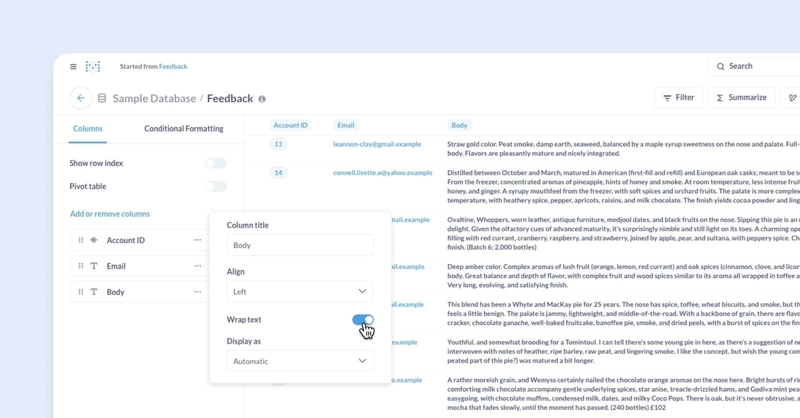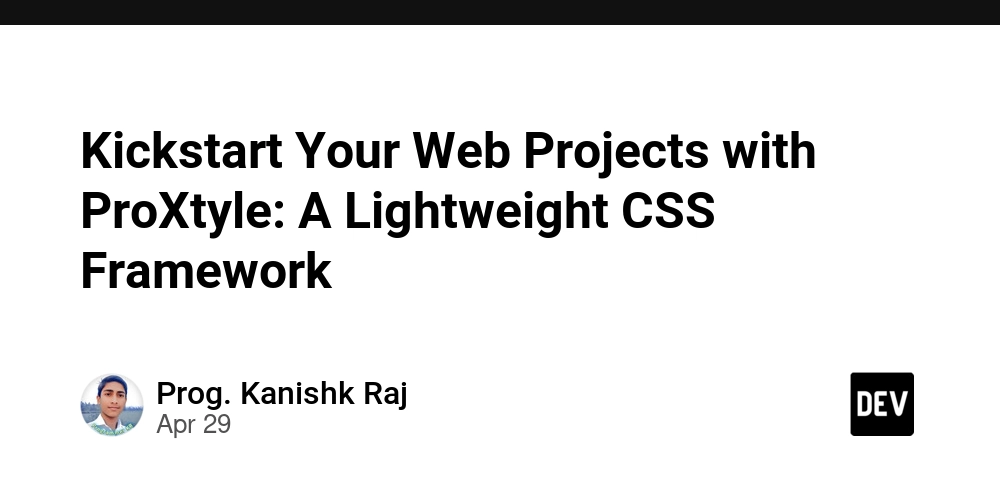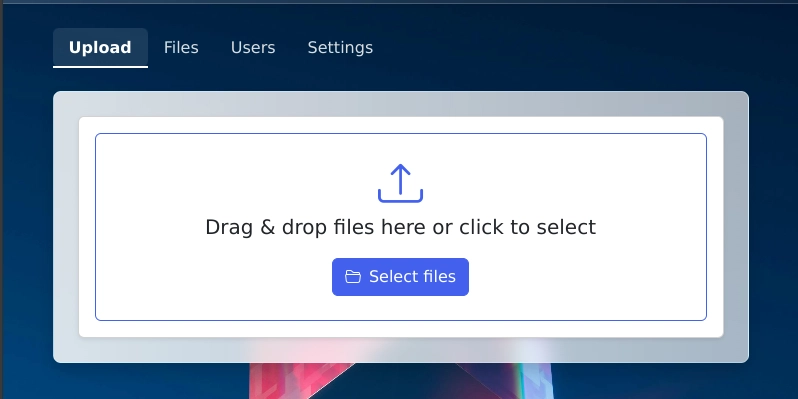My Leadership Playbook
This playbook is based on my experience leading small teams in bootstrapped startups, navigating growing pains in scale-ups, and coaching managers in legacy corporations trying to stay relevant. Indonesian leadership isn't like Silicon Valley's and shouldn't try to be. We have our rhythms, cultural codes, expectations, and blind spots. We lead with respect, context, and emotions, but we sometimes struggle with clarity, consistency, and execution. This book is not a list of hacks. It is a mirror. A way to see what is working, what is not, and what might be worth rethinking, and trigger discussion. Each chapter starts with a story because leadership does not happen in slides. It happens in rooms, message threads, crisis calls, and awkward 1:1s. It happens in human moments. And that is where this playbook belongs: in real conversations, in real companies, with real people. Let's lead better. Together. PLAY 1: Leader Selection "Beyond IQ & Degrees" The Scene: Imagine you are hiring a new team lead. One candidate graduated from a prestigious university with top marks. Another did not, but she/he has led teams through tough pivots, learned from failure, and kept their team intact through two reorgs. The first impresses the board. The second earns silent respect from peers. Who do you pick? The Lesson: Credentials may open the door, but leadership walks through experience, resilience, and the ability to make others better. What to do: Evaluate three core dimensions: Cognitive Skill, Character/Temperament, and Cultural/Team Fit. Use real-world simulations: present them with live team or delivery problems to solve collaboratively. Ask for past examples of failure and rebound, not just success. What to avoid: Overvaluing academic pedigree. Intelligence and maturity. Assuming confidence equals competence, some great leaders are calm, not loud. Cultural Frame (Indonesia): Many local teams still respect authority from title or education. Your job is to model the shift toward credibility through action. Adage: Degrees do not lead teams. People do. PLAY 2: Show up your Presence as Leadership The Scene: A product launch failed. Everyone's frustrated, but the team has not seen the Head of Engineering in days. No acknowledgment, no regroup, no face. Slack goes quiet. Engineers start looking for jobs. The narrative becomes: We are on our own. The Lesson: Leadership is not just about solving the problem it is about being there when the team needs a steady face, a decision, or just acknowledgment. Presence creates psychological safety. Absence creates drift. What to do: Be visible during high-stress or high-uncertainty moments (failures, pivots, conflicts). Create rituals of visibility: daily standups, open office hours, and walkarounds. Practice emotional presence, and listen fully, even when you do not have the answer yet. What to avoid: Becoming a ghost leader during hard times. Confusing "trust" with "total hands-off". Cultural Frame (Indonesia): Teams are used to hierarchy, but what they remember is who stood with them when it got hard. In a high-context culture, silence often gets interpreted as abandonment. Adage: You do not need to have the answer. You need to be the one who stays in the room. PLAY 3: Frugal Signals "Kill the Rolex Myth" The Scene: A new VP arrives at a startup still struggling with burn rate. He parks a luxury car at the office, wears a 150 million IDR watch, and casually mentions his Bali villa. That week, the team quietly stopped pushing extra hours. They think, Why bleed for a leader who is already cashed out? The Lesson: Symbolism matters. In leadership, your choices signal values. Frugality is not about being cheap, it is about being credible. What to do: Model intentional modesty, especially during resource-constrained phases. Make financial decisions that reinforce the collective mission. Talk openly about company finances, so your modesty is not seen as performative it is aligned. What to avoid: Flaunting wealth when the team is grinding. Using frugality to guilt employees. Cultural Frame (Indonesia): We have a culture of quiet comparison. People notice, even if they do not say it. Your lifestyle choices impact morale, especially in collectivist teams. Adage: The more power you have, the more your choices echo. PLAY 4: Mentor > Patron The Scene: A senior leader tells a junior PM, Just follow my instructions. The PM does but never grows. After 6 months, the leader complains, Why is this person so dependent? The answer: because you trained them to be. The Lesson: Paternalistic leadership might bring speed early, but it kills scalability. Great leaders don't just solve problems they teach people how to think. What to do: Shift from command to coaching: Ask guiding questions instead of giving answers. Empower decisions with boundaries. You decide X, I will review Y Share your thought
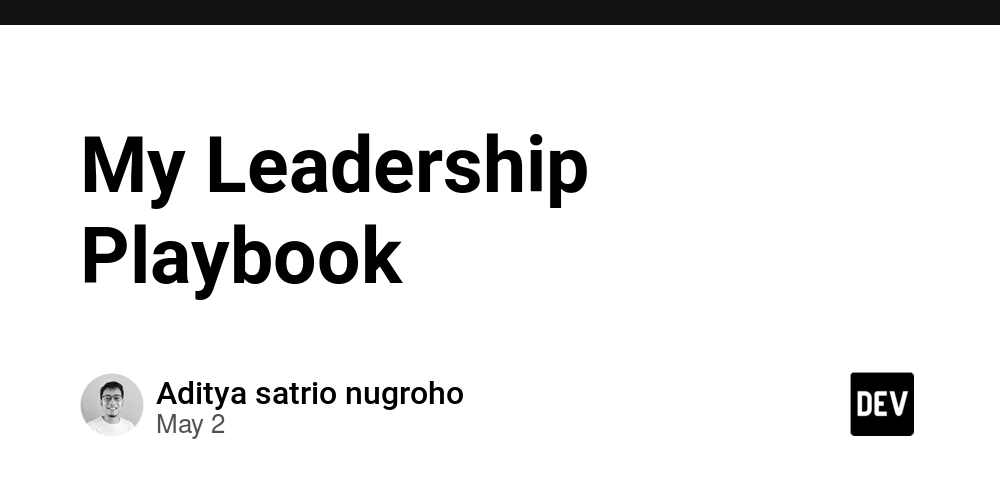
This playbook is based on my experience leading small teams in bootstrapped startups, navigating growing pains in scale-ups, and coaching managers in legacy corporations trying to stay relevant.
Indonesian leadership isn't like Silicon Valley's and shouldn't try to be. We have our rhythms, cultural codes, expectations, and blind spots. We lead with respect, context, and emotions, but we sometimes struggle with clarity, consistency, and execution.
This book is not a list of hacks. It is a mirror. A way to see what is working, what is not, and what might be worth rethinking, and trigger discussion.
Each chapter starts with a story because leadership does not happen in slides. It happens in rooms, message threads, crisis calls, and awkward 1:1s. It happens in human moments.
And that is where this playbook belongs: in real conversations, in real companies, with real people.
Let's lead better. Together.
PLAY 1: Leader Selection "Beyond IQ & Degrees"
The Scene: Imagine you are hiring a new team lead. One candidate graduated from a prestigious university with top marks. Another did not, but she/he has led teams through tough pivots, learned from failure, and kept their team intact through two reorgs. The first impresses the board. The second earns silent respect from peers. Who do you pick?
The Lesson: Credentials may open the door, but leadership walks through experience, resilience, and the ability to make others better.
What to do:
- Evaluate three core dimensions: Cognitive Skill, Character/Temperament, and Cultural/Team Fit.
- Use real-world simulations: present them with live team or delivery problems to solve collaboratively.
- Ask for past examples of failure and rebound, not just success.
What to avoid:
- Overvaluing academic pedigree. Intelligence and maturity.
- Assuming confidence equals competence, some great leaders are calm, not loud.
Cultural Frame (Indonesia):
- Many local teams still respect authority from title or education. Your job is to model the shift toward credibility through action.
Adage: Degrees do not lead teams. People do.
PLAY 2: Show up your Presence as Leadership
The Scene: A product launch failed. Everyone's frustrated, but the team has not seen the Head of Engineering in days. No acknowledgment, no regroup, no face. Slack goes quiet. Engineers start looking for jobs. The narrative becomes: We are on our own.
The Lesson: Leadership is not just about solving the problem it is about being there when the team needs a steady face, a decision, or just acknowledgment. Presence creates psychological safety. Absence creates drift.
What to do:
- Be visible during high-stress or high-uncertainty moments (failures, pivots, conflicts).
- Create rituals of visibility: daily standups, open office hours, and walkarounds.
- Practice emotional presence, and listen fully, even when you do not have the answer yet.
What to avoid:
- Becoming a ghost leader during hard times.
- Confusing "trust" with "total hands-off".
Cultural Frame (Indonesia):
- Teams are used to hierarchy, but what they remember is who stood with them when it got hard. In a high-context culture, silence often gets interpreted as abandonment.
Adage: You do not need to have the answer. You need to be the one who stays in the room.
PLAY 3: Frugal Signals "Kill the Rolex Myth"
The Scene: A new VP arrives at a startup still struggling with burn rate. He parks a luxury car at the office, wears a 150 million IDR watch, and casually mentions his Bali villa. That week, the team quietly stopped pushing extra hours. They think, Why bleed for a leader who is already cashed out?
The Lesson: Symbolism matters. In leadership, your choices signal values. Frugality is not about being cheap, it is about being credible.
What to do:
- Model intentional modesty, especially during resource-constrained phases.
- Make financial decisions that reinforce the collective mission.
- Talk openly about company finances, so your modesty is not seen as performative it is aligned.
What to avoid:
- Flaunting wealth when the team is grinding.
- Using frugality to guilt employees.
Cultural Frame (Indonesia):
- We have a culture of quiet comparison. People notice, even if they do not say it. Your lifestyle choices impact morale, especially in collectivist teams.
Adage: The more power you have, the more your choices echo.
PLAY 4: Mentor > Patron
The Scene: A senior leader tells a junior PM, Just follow my instructions. The PM does but never grows. After 6 months, the leader complains, Why is this person so dependent? The answer: because you trained them to be.
The Lesson: Paternalistic leadership might bring speed early, but it kills scalability. Great leaders don't just solve problems they teach people how to think.
What to do:
- Shift from command to coaching: Ask guiding questions instead of giving answers.
- Empower decisions with boundaries. You decide X, I will review Y
- Share your thought process, not just your conclusions.
What to avoid:
- Being the bottleneck.
- Criticizing people for not thinking when you never gave them space to.
Cultural Frame (Indonesia):
- Many teams are trained to defer. That is okay, start from where they are, then lead them out of dependency with trust and teaching.
Adage: a leader's job is to make themselves less needed, not more feared.
PLAY 5: Avoid Vacuums "Build Leadership Safety Nets"
The Scene: A team is thriving. The founder takes a two-week vacation, proudly stating, Let them figure it out. It will build muscle. When he returned, 3 key decisions were delayed, 2 high performers were disengaged, and nobody knew who was accountable.
The Lesson: Autonomy does not mean ambiguity. Absence without structure is abandonment. Great leaders step back with design.
What to do:
- Create clear fallback roles: Who decides when you are out?
- Write "if-then" escalation plans for product, people, and conflict.
- Train people ahead of time, do not surprise them with sudden empowerment.
What to avoid:
- Using absence as a test. It is not a test if they are not prepared.
Cultural Frame (Indonesia):
- Teams still look upward for direction. Without clarity, they default to inaction. Build soft guardrails, not total freedom.
Adage: Real delegation is not letting go, it is setting up first.
PLAY 6: Ritualize Execution
The Scene: A startup team constantly misses deadlines. Everyone's busy, no one's aligned. When asked who is doing what, responses are vague: We will discuss in the next sync. The next sync? Canceled.
The Lesson: Without structure, energy scatters. Rituals are the heartbeat of execution. Not for bureaucracy but for rhythm.
What to do:
- Set non-negotiable cadences: daily standups, weekly planning, fortnight retros.
- Keep it sharp: focused agendas, rotating leads, timed updates.
- Add rhythm to recognition to praise, it's not a quarterly event.
What to avoid:
- Treating rituals like status updates. Make them decision moments.
- Letting meetings become autopilot or optional.
Cultural Frame (Indonesia):
- Teams respond well to predictable rhythm, especially in hybrid or distributed setups. It creates psychological security.
Adage: Speed doesn't come from chaos. It comes from choreography.
PLAY 7: Filter Thought Leadership "BS"
The Scene: A new leader joins and starts quoting buzzwords: Let's be agile, build tribes, and practice radical candor. Everyone nods. No one understands. Execution drops, alignment fades, and engineers roll their eyes whenever a new slogan drops.
The Lesson: Not all thought leadership is useful. A lot of it is packaged noise. Great leaders translate ideas into tools, not vibes.
What to do:
- Validate frameworks before adoption: pilot in one team.
- Choose ideas based on problem relevance, not trendiness.
- Favor materials used in actual business schools over viral LinkedIn content.
What to avoid:
- Blindly importing Western models into local teams.
- Using jargon as a proxy for insight.
Cultural Frame (Indonesia):
- Teams value clarity. A simpler language works better. Over-complex methods often get quietly ignored.
Adage: Good leadership is not found in quotes, but forged in context.
Final Reflection
Leadership is rarely about knowing what to do. It is about doing what you know consistently. In Indonesian companies, where culture is high-context and hierarchies still shape interactions, leading well requires both strength and subtlety.
You do not need to be loud to be powerful. You do not need to be perfect to be trusted. But you must be present. You must be clear. And you must be willing to grow while helping others grow.
Use this playbook as your check-in guide, not your checklist. Come back to it when you feel stuck. Or when your team feels stuck.
Because in the end, leadership is not the spotlight. It is the structure that helps others shine.
This playbook is alive. Revisit it. Rewrite it. And apply it.







































































































































































![[The AI Show Episode 145]: OpenAI Releases o3 and o4-mini, AI Is Causing “Quiet Layoffs,” Executive Order on Youth AI Education & GPT-4o’s Controversial Update](https://www.marketingaiinstitute.com/hubfs/ep%20145%20cover.png)














































































































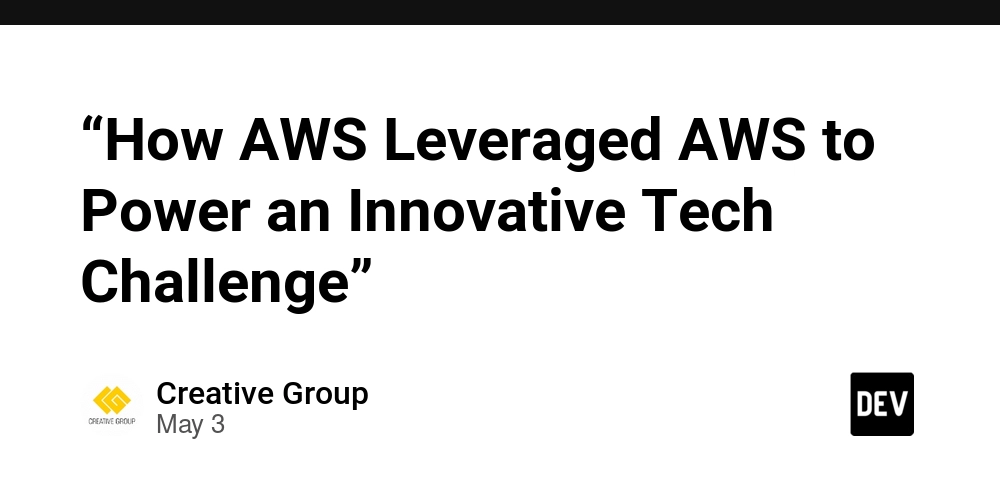


















![From Art School Drop-out to Microsoft Engineer with Shashi Lo [Podcast #170]](https://cdn.hashnode.com/res/hashnode/image/upload/v1746203291209/439bf16b-c820-4fe8-b69e-94d80533b2df.png?#)








































































































(1).jpg?#)































_Inge_Johnsson-Alamy.jpg?width=1280&auto=webp&quality=80&disable=upscale#)













































































































![Apple Developing AI 'Vibe-Coding' Assistant for Xcode With Anthropic [Report]](https://www.iclarified.com/images/news/97200/97200/97200-640.jpg)
![Apple's New Ads Spotlight Apple Watch for Kids [Video]](https://www.iclarified.com/images/news/97197/97197/97197-640.jpg)







































































![[Weekly funding roundup April 26-May 2] VC inflow continues to remain downcast](https://images.yourstory.com/cs/2/220356402d6d11e9aa979329348d4c3e/WeeklyFundingRoundupNewLogo1-1739546168054.jpg)

























